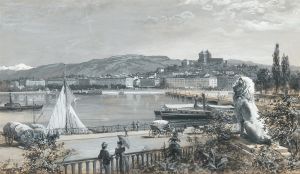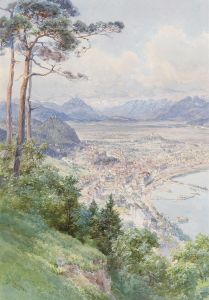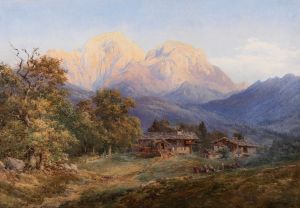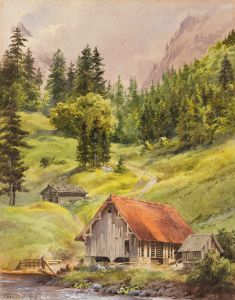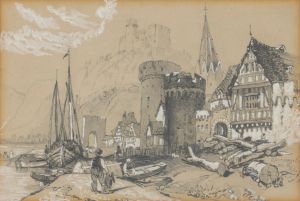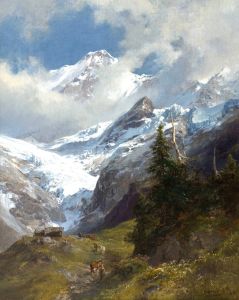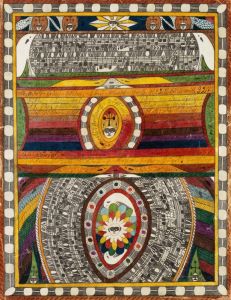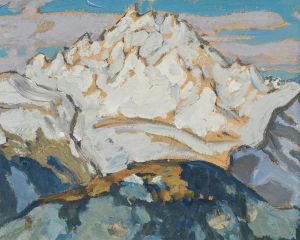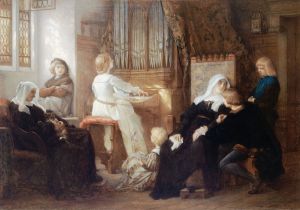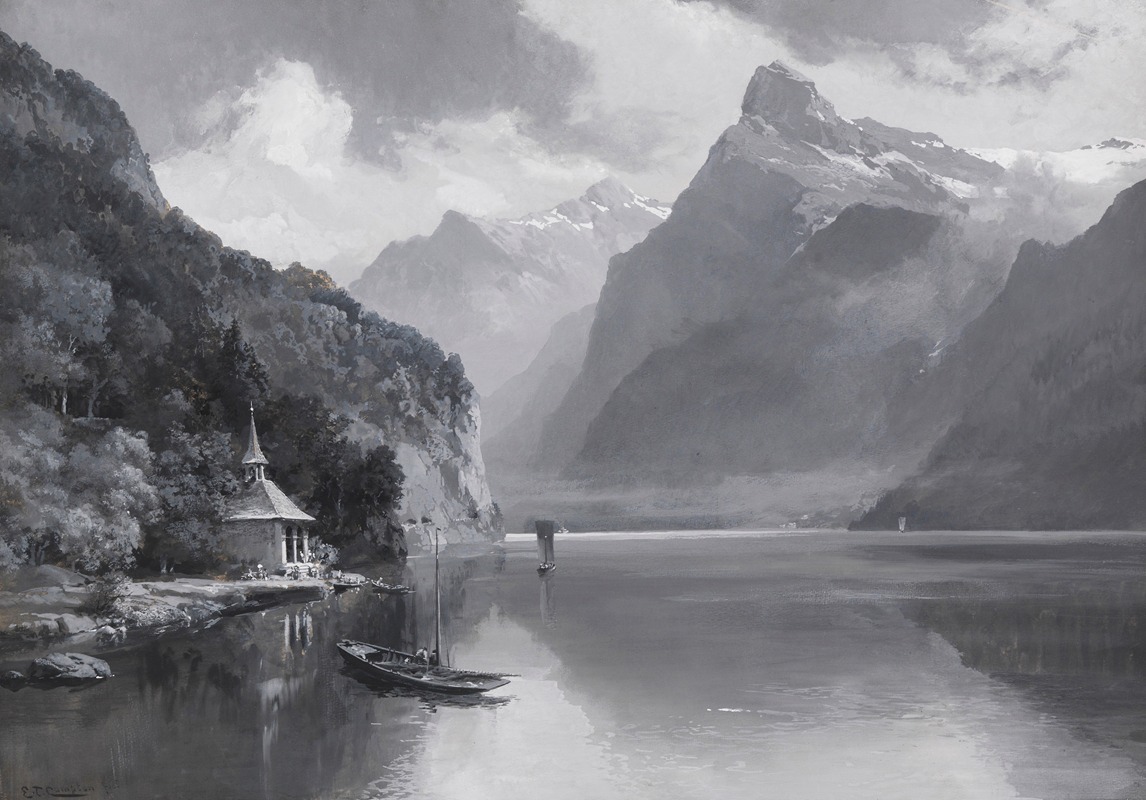
Vierwaldstätter See mit Tellskapelle gegen Uri Rotstock
A hand-painted replica of Edward Theodore Compton’s masterpiece Vierwaldstätter See mit Tellskapelle gegen Uri Rotstock, meticulously crafted by professional artists to capture the true essence of the original. Each piece is created with museum-quality canvas and rare mineral pigments, carefully painted by experienced artists with delicate brushstrokes and rich, layered colors to perfectly recreate the texture of the original artwork. Unlike machine-printed reproductions, this hand-painted version brings the painting to life, infused with the artist’s emotions and skill in every stroke. Whether for personal collection or home decoration, it instantly elevates the artistic atmosphere of any space.
Edward Theodore Compton was a renowned English-born artist and illustrator, celebrated for his detailed and evocative landscapes, particularly those depicting the Alpine regions. One of his notable works is "Vierwaldstätter See mit Tellskapelle gegen Uri Rotstock," which translates to "Lake Lucerne with Tell Chapel towards Uri Rotstock." This painting captures the serene and majestic beauty of the Swiss landscape, focusing on Lake Lucerne, a prominent feature in Switzerland, and the surrounding mountainous terrain.
Lake Lucerne, known as Vierwaldstättersee in German, is a lake in central Switzerland and is surrounded by the cantons of Lucerne, Uri, Schwyz, and Nidwalden. It is a region rich in history and natural beauty, often associated with the legend of William Tell, a folk hero of Swiss independence. The Tellskapelle, or Tell Chapel, is a small chapel located on the lake's shore, near the site where William Tell is said to have leaped from the boat of his captors during a storm, an event that is a significant part of the Swiss national narrative.
In Compton's painting, the Tell Chapel is depicted with meticulous attention to detail, set against the backdrop of the Uri Rotstock, a prominent mountain peak in the Uri Alps. The Uri Rotstock stands at an elevation of 2,928 meters (9,606 feet) and is a popular destination for hikers and mountaineers, offering panoramic views of the surrounding Alpine landscape. Compton's work often highlights the interplay between natural light and the rugged terrain, capturing the essence of the Alpine environment.
Edward Theodore Compton was born in 1849 in Stoke Newington, London, and developed a passion for mountaineering and the Alps, which became a central theme in his artwork. He moved to Germany in 1867, where he spent much of his life, and frequently traveled to the Alps to paint and climb. His works are characterized by their precision and ability to convey the grandeur and scale of the mountains, making him one of the foremost Alpine painters of his time.
Compton's paintings are not only artistic representations but also serve as historical documents of the landscapes during his lifetime. His attention to detail and commitment to realism provide valuable insights into the natural world of the late 19th and early 20th centuries. "Vierwaldstätter See mit Tellskapelle gegen Uri Rotstock" exemplifies his skill in capturing the interplay of light, water, and mountains, creating a harmonious composition that reflects the tranquil yet awe-inspiring nature of the Swiss Alps.
Throughout his career, Compton's work was widely exhibited and appreciated, and he received numerous accolades for his contributions to landscape painting. His legacy continues to influence artists and mountaineers alike, with his paintings serving as a testament to the enduring allure of the Alpine regions. Today, his works are held in various collections and museums, where they continue to be admired for their beauty and historical significance.





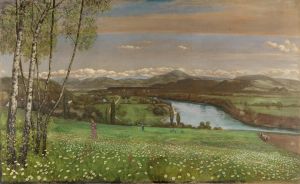
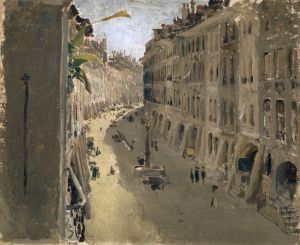
![[Design for the Lentheric Salon, Fifth Ave. & 58th St., Savoy-Plaza Hotel, New York, NY.] [Perspective rendering](/imgs/249263/s/winold-reiss-design-for-the-lentheric-salon-fifth-ave-58th-st-savoyplaza-hotel-new-york-ny-perspective-rendering-e749987f.jpg)

